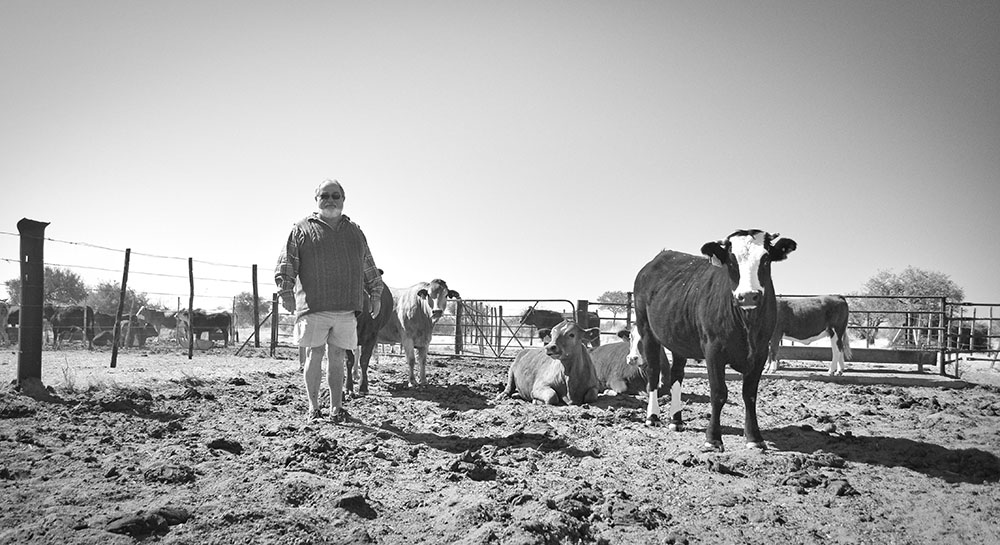Holistic rangeland management in combination with bush thinning can lead to productivity for cattle farming.

When Hendrik began addressing bush encroachment in 1996, his farm could only stock 670 head of cattle, whereas now that same farm can carry 1400 head of cattle, and as Hendrik explains, “more cattle means higher profit margins.” Using a combination of rangeland management together with bush thinning, Hendrik has increased his farm stocking rate from 25kg/ha to 45 kg/ha of live weight.
Standing among wide stretches of tall grasses, interspersed with indigenous trees on farm Agagia, Hendrik explains, “I win the Meatco Producer of the Year Award, every year in March and April. This is because I still have grass on my farm in these months when other farmers do not.”
As Hendrik adds, “you do not just need grass, you need palatable grass,” as cattle are selective grazers that prefer the annual to the perennial grasses, but they also need grazing during the annual grasses dormant phases.
Hendrik uses two key strategies, bush thinning and a four to six camp rotation to allow for recovery of the land. “The holistic management of land is a process, it does not happen overnight,” says Hendrik. It requires proper monitoring over time.
Hendrik advises other farmers to “evaluate grazing regularly, know the rangeland management principles, apply them consistently and implement aspects in maintaining a balance between rangeland and livestock management.” He echoes that “to succeed in livestock farming, you need a long-term vision for what you want your farm to look like. To realise the vision, you need a long-term plan that is constantly reviewed. It takes hard work to be successful.”


